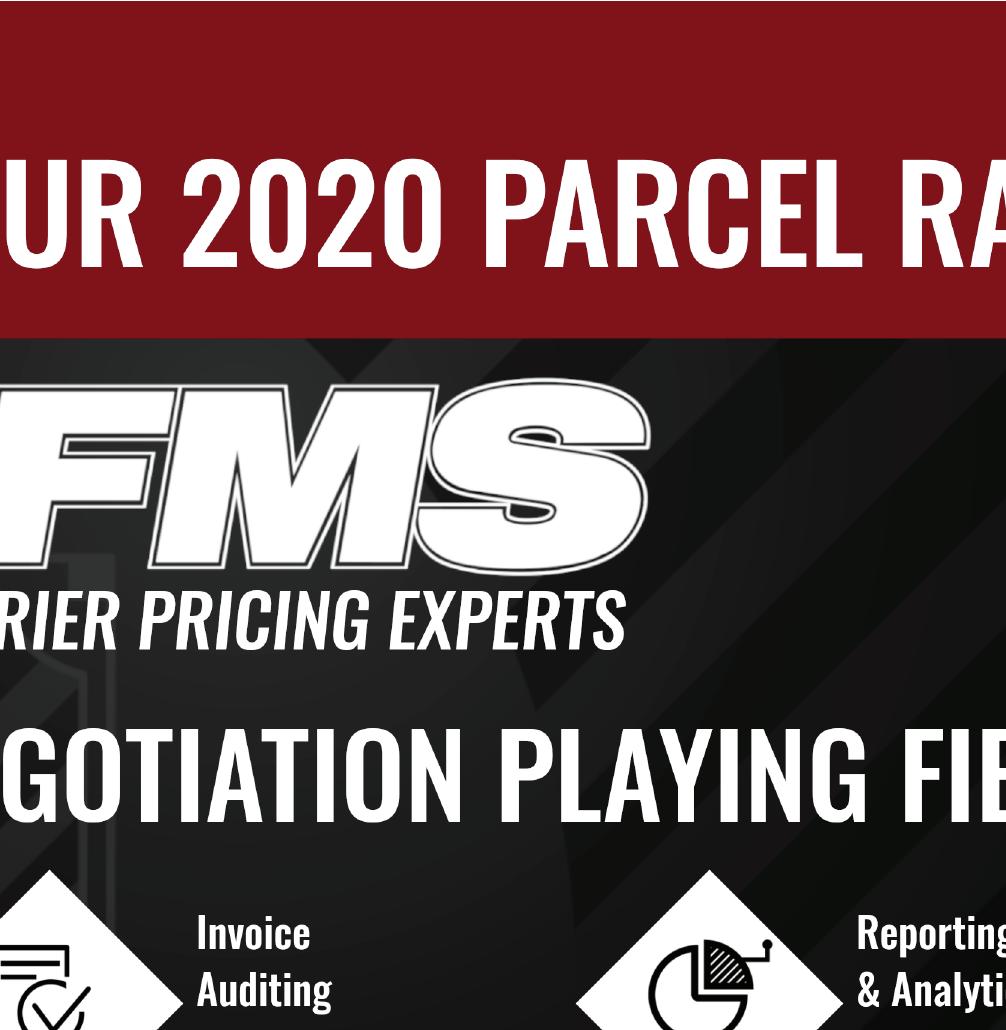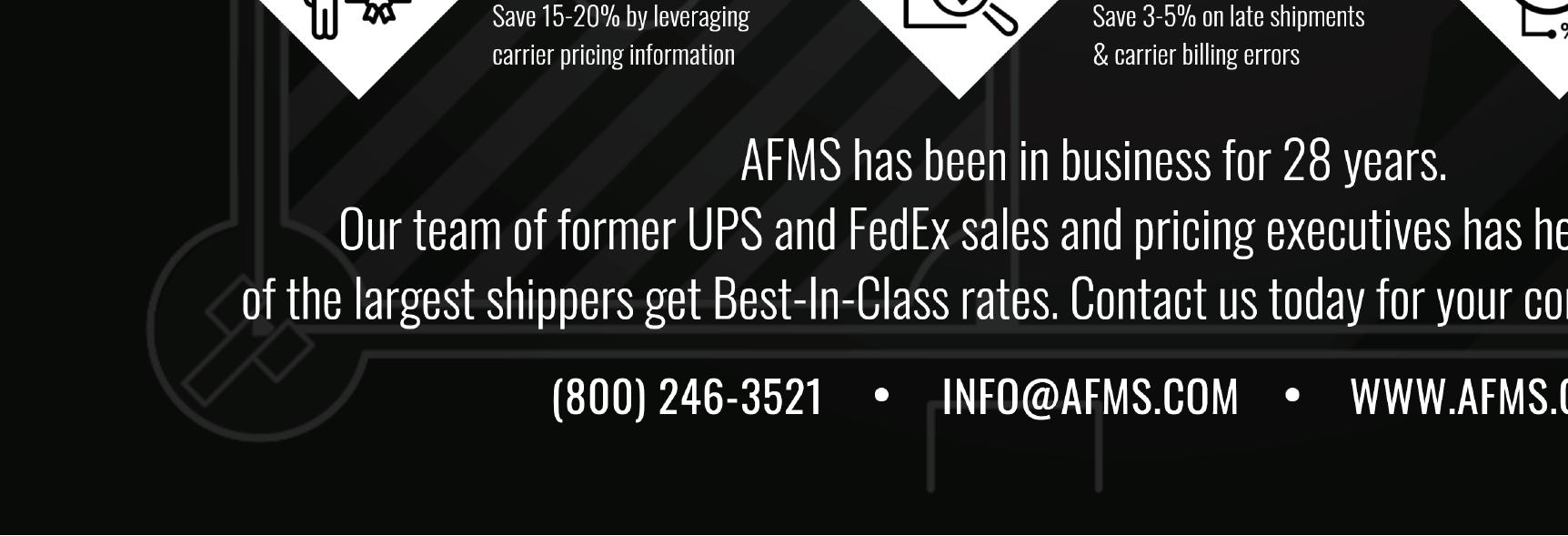
4 minute read
PACKAGING
DAMAGED PRODUCTS = DAMAGED PLANET By Clint Smith and Mike Purgatorio
For years, the societal model has been fueled by a “take-make-waste” mindset. This mindset contributed to 267.8 million tons of solid municipal waste in the United States in 2017 — with only one-fourth of that material being recycled, according to the Environmental Protection Agency (EPA). Simultaneously, industrial waste has signifi cantly impacted our planet.
Advertisement
As we stop to look at the wake of our collective footprint, the Ellen MacArthur Foundation, an environmental engagement group, has forged a strategic vision — one that creates a model rooted in the elimination of waste from society.
This school of thought, which has been deemed a “circular economy,” is a leading movement in safeguarding our planet. Manufacturers and retailers alike must aspire to design and adopt products that can be effectively reused after their initial lifecycle.
This concept, of course, is no surprise — especially within the world of packaging and shipping. Businesses are stepping up to the plate to make this happen. Sustainability has become the lifeblood of every B2B and B2C entity’s annual strategy and goals, for two reasons: a thirst to preserve the planet, and growing pressure from consumers to be more responsible. Now more than ever, consumers are stopping to refl ect on what is “green” around them, and as the e-commerce market continues to heat up, consumers will increasingly stop to refl ect on the businesses around them and the packaging used to protect their products.
With that said, it’s imperative for companies to take a candid look in the mirror to examine every aspect of their operation and its impact. From the standpoint of protective packaging, investments should center on solutions that offer a careful balance of sustainability and effective damage reduction. Why? Well, the sobering facts are plentiful. According to recent market research from Pregis, over fi ve billion pounds of damaged products end up in US landfi lls every year. And the environmental cost of reshipping a damaged product can add up. To re-ship one parcel, it takes approximately 1.7 gallons of fuel, 1.8 kWh of electricity, 40.4 lbs of carbon dioxide emissions, and .13 ft² of habitat loss.
On top of that, those same businesses are incurring unnecessary costs that can noticeably affect their bottom line. Those added expenses are materializing in a variety of ways, including re-shipping, product replacement, increased customer service and warehouse labor needs, re-packaging, and a negative impact on customer acquisition/retention. In order to avoid these repercussions, there are a number of best practices that should be considered.
Quantify Damages First and foremost, what are the product damage rates? Once an actual fi gure can be associated with this challenge, it sets a tangible goal for companies to measure against. Then, moving forward, it’s imperative to maintain monthover-month reporting of these fi gures to identify trends and correlations that may lead to optimizing shipping practices. Businesses should also be aware of their return policies, re-shipping processes, and the statistics associated with those operations. The more they know, the easier it is to ultimately identify ineffi ciencies in the system and come up with effective solutions. When it comes to protective packaging, it’s rarely a “one size fi ts all” strategy. Companies should examine the lifecycle and fragility of their product, then test a variety of packaging to ultimately match a solution to their needs — from cushioning and void fi ll, to surface protection and containment.
Less Is More When designing or redesigning packaging, it is vital to balance the right amount of material with the added benefi t of recycled content and recyclability for future use. This mission directly contrib
utes to the core principles of a circular economy. Utilizing protective packaging that incorporates a percentage — big or small — of post-industrial or post-consumer content is becoming a staple for more and more manufacturers every day. Additionally, companies can reduce their footprint by rightsizing their packaging to their specifi c product and needs. Switching over to a more tailored solution and material will not only help reduce the amount of excess packaging, but better protect the product — which means less probability of damage during shipping and, in turn, less impact on the planet. There are a variety of on-demand, in-the-box, and mailing and bagging packaging solutions that can achieve that very result.
Education Is Key Teaching businesses and consumers how to best dispose of packaging and other forms of a waste is just as important as utilizing recyclable products. According to the EPA, approximately 75% of waste produced in the US has the potential to be recycled, yet the reality is that the domestic recycling rate is approximately 34%. This is likely driven,

in part, by a lack of recycling knowledge, which could lead to the wrong materials making their way to recycling facilities. From there, their ultimate destination is, more often than not, a landfi ll. The EPA and other governing bodies offer various pieces of collateral to get the right information out there. The Sustainable Packaging Coalition also established the How2Recycle program, which designed labels that can be printed directly onto plastic packaging. These labels provide consumers with specifi c recycling instructions. Additionally, the How2Recycle website allows visitors to input their ZIP Code and locate the

nearest supermarket or retail store where recyclable materials can be dropped off. The online locator can be found here: https://how2recycle.info/sdo.
Clint Smith is Sustainable Packaging Director, Pregis LLC, where he is committed to leading sustainability and social responsibility efforts.
Mike Purgatorio is Brand Manager, Pregis LLC. Through a multi-faceted marketing approach, he drives customer demand and supports the growth strategy for a number of the company’s product categories and key markets.











